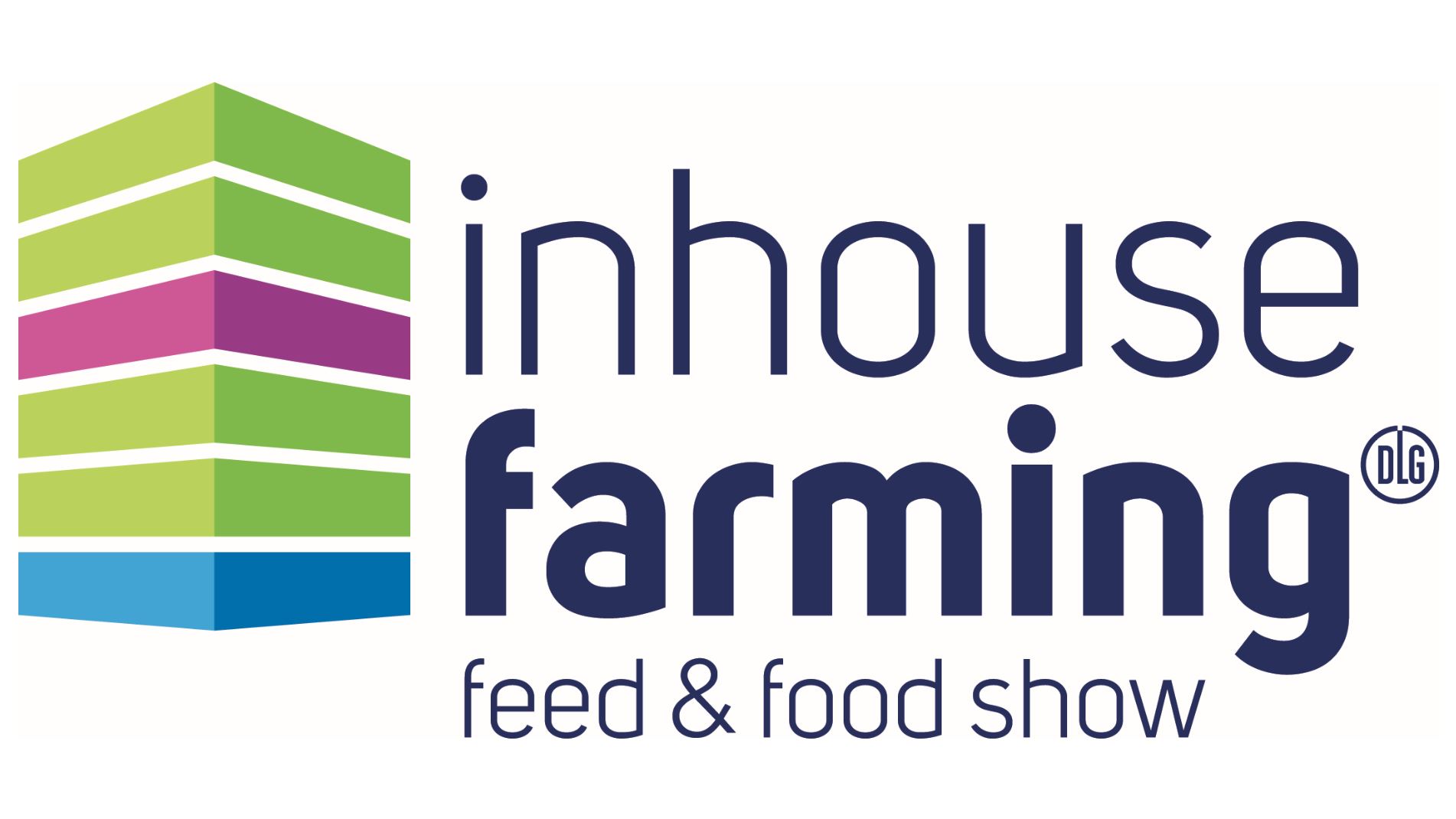- DLG expert Prof. Nils Borchard on the opportunities of vertical farming in urban areas – Inhouse Farming Feed & Food Show: 12 to 18 November in Hanover, Germany at Agritechnica
(DLG). Alternative production systems for the supply of sustainably produced food are currently the focus of various activities along the entire value chain. From 12 to 18 November, the "Inhouse Farming - Feed & Food Show" will therefore deal with all aspects of Controlled Environment Agriculture. Prof. Nils Borchard, Head of Research and Innovation at the DLG (German Agricultural Society) Competence Center Agriculture, explains in an interview what the success of indoor farming depends on and where the biggest challenges lie.
Mr Borchard, can we supply the world's growing population with nutritious and sustainable food with innovative production systems based on the technologies of modern indoor farms?
Prof. Nils Borchard: It is possible in theory. In practice, however, it turns out that it's mainly regions with climatic restrictions in which the technology plays a special role. In arid regions of the world, such as the Middle East, vertical farming can be a very useful form of indoor farming. And in urban areas with limited arable land, such as Hong Kong or Singapore, vertical farming is also becoming very important for providing high-quality food.
This means that countries with little land want to become less dependent on imports ...
... and that also against the background of the Corona pandemic. Singapore, to stick with the example, has the third highest population density in the world. As there is a lack of land under these conditions, people rely on techniques such as hydroponics and vertical farming. The effects on international supply chains have also shown in this country how vulnerable our supposedly secure supply of everyday goods can be in times of crisis.
Food security is not only a pressing issue in city states like Singapore. Can vertical farming also be practised on a large scale in this country?
In countries like Germany, which have sufficient agricultural land and good climatic conditions, indoor farming activities tend to focus on urban spaces and on growing perishable products such as salads, microgreens or mushrooms. So the main issue here is to distribute the cultivation areas effectively in the city. The solution to this is modular farms that can be placed vertically in different locations so that vegetables can grow and then be harvested just before they are bought or consumed.
Where do you see the greatest potential for this cultivation method, and where does it reach its limits?
It's mainly economic factors that limit the use of indoor farming and currently make the method unprofitable for classical cereal and potato cultivation. The LEDs required are very expensive, plus a lot of energy is needed for lighting, temperature control, irrigation and ventilation. Growing staple foods indoors in this country is more expensive than growing them outdoors and is therefore not the focus of activities. In this respect, indoor farming with controlled environmental conditions or controlled environment agriculture has enormous potential that needs to be tapped - but market prices control the development and diversification of indoor farming systems.
What are currently the most important developments in the field of Controlled Environment Agriculture?
It's a dynamic ecosystem in which energy efficiency measures are particularly important. One of the most important reasons that indoor farming is feasible today is therefore the advances made in sensors, smart energy systems and other technologies that make cultivation more efficient.
And where do you currently see the greatest need for research?
Regardless of recent developments, the focus remains on how to reduce energy costs. In Finland at Aalto University, for example, a concept has been developed that brings enormous advantages. Another priority of the activities is dedicated to breeding new plants, as regular crops are optimised for outdoor cultivation. In indoor cultivation, however, weather-related effects do not come into play as they do in the fields. At the same time, new physiological phenomena, such as tipburn or edge necrosis, are to be expected in lettuces and microgreens - in the worst case, this "internal fire" can result in major losses of income.
This means that completely different cultivation issues arise ...
Yes, because when internal fire occurs, it can also be due to the fact that preventive selection measures for containment have not been carried out sufficiently. In order to avoid tipburn stress, for example, it is advantageous for the plants to grow broadly. At the same time, there is a need to breed varieties, such as basil, that then grow optimally even at lower temperatures, which can reduce energy costs. In addition, complex systems are increasingly being studied in which horticulture is linked to fish and insect farming.
Which research activities will be in focus at the "Inhouse Farming - Feed & Food Show"? What topics does the technical programme cover?
Research is not necessarily the focus of the event, but rather the presentation of value creation via indoor farming systems. Following this goal, we will comprehensively present the associated processes and technologies in Hanover. At the same time, we also want to establish a link to the food sector via the legal framework. It's precisely this possibility of cross-sectional representation that is of central importance, as production in indoor farming is closely linked to value creation in the food sector. In this respect, we don't want to present any lighthouse projects at the "Inhouse Farming - Feed & Food Show", but will instead discuss the challenges and potentials of indoor farming together with the experts present on site in Hanover.
The consideration of material cycles is of great importance when it comes to designing a circular food system using sustainable technologies ...
This is exactly the vision of the CUBES Circle project (CUBES stands for "Closed Urban Modular Energy and Resource-Efficient Agricultural Systems"). The goal is the intelligent networking of different agricultural production systems in closed energy and material cycles. In standardised and stackable cubes, plants, insects and fish are to be co-cultivated in production units that communicate with each other, using residual materials from the respective other production processes. The basic principles of substance transfer correspond to those of natural systems over several levels from producers to secondary consumers.
So we're talking about a modular farm in the city ...
The research facility on the Dahlem campus of Humboldt University in Berlin is unique the world over. In the project, scientists from different disciplines have successfully linked three agricultural production systems - aquaculture, insect production and horticultural plant production. The project, in which the DLG is also involved, will enter its second phase next year, provided it receives funding.
Recently, some indoor farming companies stumbled due to high energy prices. This is where science is needed to develop sustainable energy concepts. Where do you see potential solutions?
Rising energy costs have made the production of some products very expensive. In this respect, the expansion of renewable energies and intelligent storage systems is extremely important, as this is the only way to provide climate-neutral, cheap energy. In addition, work is being carried out to reduce energy requirements and minimise energy losses through breeding and technical developments.
Are the new cultivation systems an option for farmers who are thinking about new business models?
Yes, we need farmers who want to discover and use indoor farming technologies for themselves. With the goal of promoting such out-of-the-box thinking in the agricultural industry, we are launching the "Inhouse Farming Feed & Food Show" for the first time this year, which will take place as part of Agritechnica - a new DLG platform for the agricultural and food systems of the future. Closely networked with agricultural practice, it offers comprehensive information on perspectives, innovations and business models within the framework of an exhibition and specialist forums.
For additional information: www.inhouse-farming.com

